Different breeds of ponies
People who are far from horse breeding and equestrian sports know little about ponies and where these creatures came from. Some generally consider all these animals to be nothing more than decorative pets for children. Nevertheless, several breeds of such horses can be distinguished.
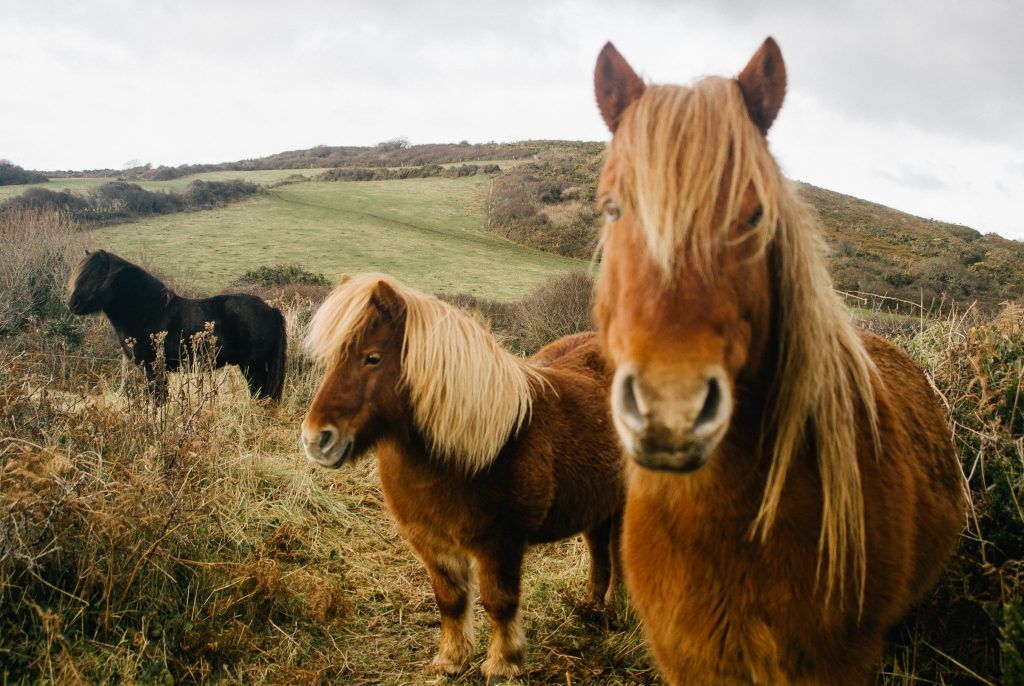
Pony breeds
All varieties have their own purpose and differ not only in growth, but also in constitution. For those who are interested in horses, it is better to figure out what types of domestic ponies are and how exactly they differ from each other.
Distinctive features of a pony
A layman can only say about ponies that they are short and funny creatures that every child rode. But at the same time, he will not be able to determine the breed from the photo, he will not be able to say about the purpose of this variety. Moreover, not everyone knows where small horses end and ponies begin and that they are not the same thing. But different countries have their own opinions on this issue. For example, in Russia, an animal taller than 1.10 m is considered an average horse.
In modern Germany, a similar distinction also exists. With growth above 1.2 m, ponies end there and small horses begin. If we talk about Great Britain, then these kids have grown up: the height equal to 1 m and 47 cm is considered the border. The International Equestrian Federation also applies this division. There the border is similar to that used by the British - 1.5 m. It is not enough to say that a pony is an animal of small stature, similar to a horse, it is also necessary to indicate its height.
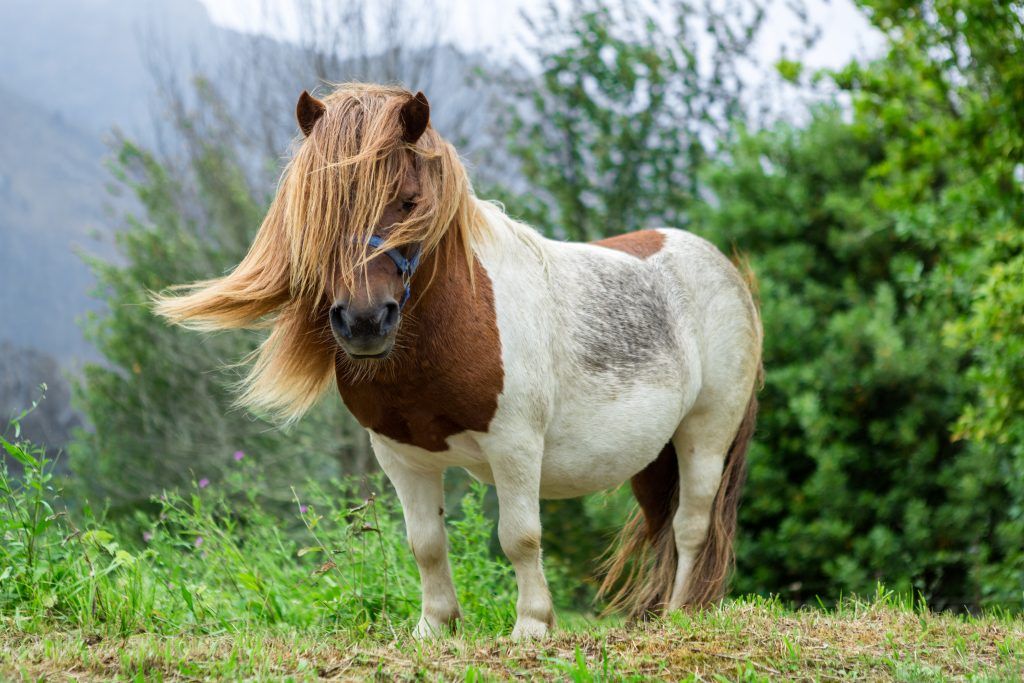
Varieties of domestic ponies
These cute creatures are used not only for rolling small children. Initially, they were taken out for hard work. Among these equids, there are even real draft trucks, which were previously used for really difficult work. That is why some species of these animals are distinguished by their strong constitution. In general, almost all ponies have a number of differences that are characteristic of them:
- Strong, sometimes even heavy physique. The thing is that initially many rocks were used to work in mines, to transport water over rough terrain. Such work required compact, strong and, most importantly, hardy creatures.
- Short limbs in relation to the body. Speed was never a priority for those who used these horses, and therefore the ponies did not require long legs, but a short stature and compact size were welcomed.
- Thick and dense coat with a developed undercoat. A number of varieties have been used in the mountains and for travel in colder regions. It required not only endurance, but also frost resistance.
There is a group of horses that differ in constitution from other ponies, but not in size. These are dwarf equids, which were bred for various shows, as well as especially for children. For example, there are breeds bred for sports competitions, which are not so much strong as a harmonious physique.In particular, one variety is riding horses, and they took only sizes from other ponies. They are used for training children and children's sports competitions.
Origin
Initially, ponies appeared in northern Europe in those conditions where strong and hardy creatures were needed. They also required a certain unpretentiousness, while speed was not considered a necessary quality.
The name comes from a Gaulish word that translates as "little horse".
Initially, small horses were used as draft animals. There is a lot of evidence for this. Ponies were used in mines to transport ore, as water carriers and for heavy daily work in the countryside. Many breeds that are used in a particular equestrian school appeared later, in the 19th and 20th centuries.
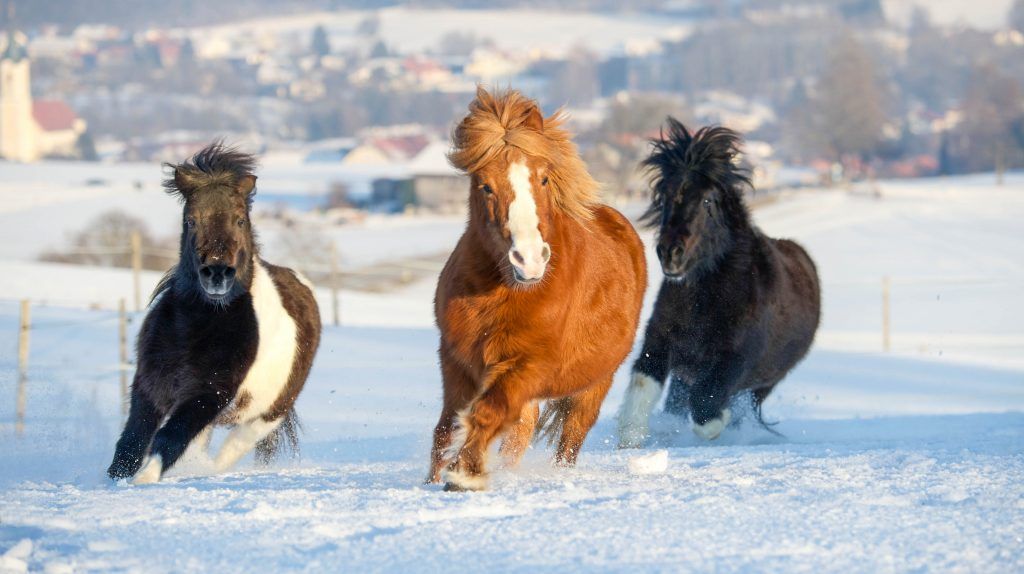
Pony origin story
To understand the differences between individual varieties, it is not enough to look at the photos of the representatives of the breed. Externally similar animals may have different grooming requirements, in particular when it comes to foals. There are other differences, for example, the nature of animals, their running characteristics and body characteristics. There is no way to recognize all this from the image of the animal alone. This requires detailed descriptions of each major variety of domestic ponies.
Shetland variety
Shetland equids are also called the Scottish species of ponies, and it cannot be said that this is the wrong name, because their homeland is the Shetland Islands, which are located in the northern part of Scotland. The climate of this part of the country has influenced the appearance of this breed. The mane and tail are distinguished by long and thick hair, the coat is dense, well protecting from the cold. The growth of the Scottish horse is small, and according to the standard it should not exceed 1 m and 7 cm.
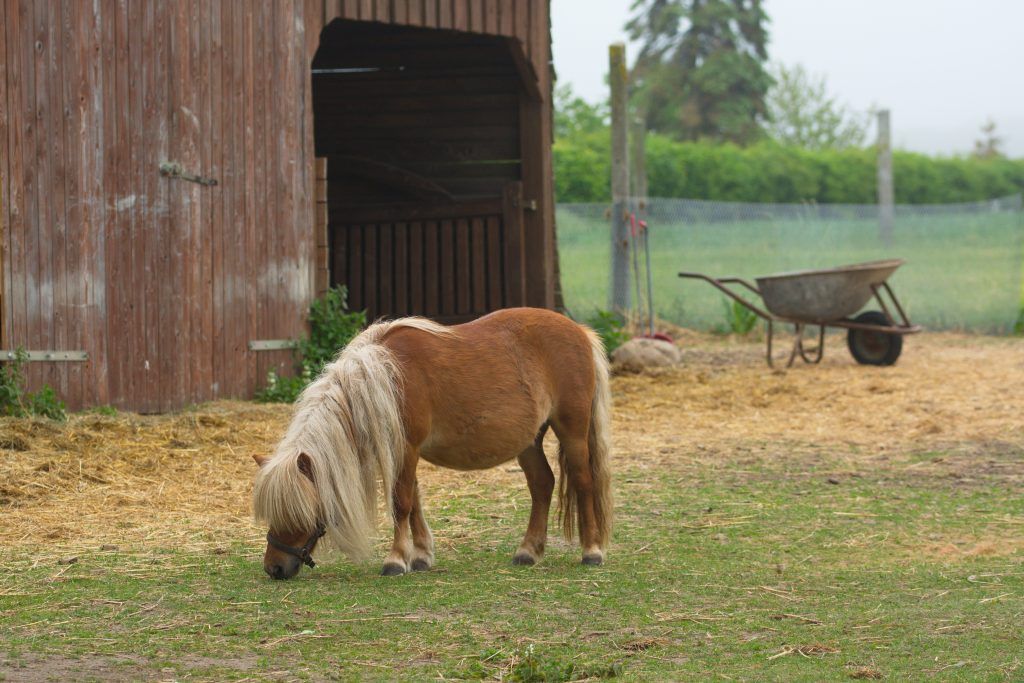
Shetland pony
If we talk about appearance, then the Shetland pony has a large and wide chest, strong bones and short legs. This horse is extremely unpretentious and hardy, which is why it is not at all difficult to take care of it.
The equids of this breed are distinguished not only by endurance, but also by remarkable physical strength. At the same time, horse breeders appreciate them for their intelligence and learning, which is combined with a calm and even phlegmatic character.
Welsh pony
The Welsh pony is one of the finest of these horses. It is difficult to say exactly when this group of breeds appeared, because such equids lived on the British Isles even before the conquest of the territory by the Romans. The Ulsky pony began to acquire its modern look after the Roman legions came to Britain. It is believed that at this time they interbred with a number of other varieties, which greatly influenced their appearance and working qualities.
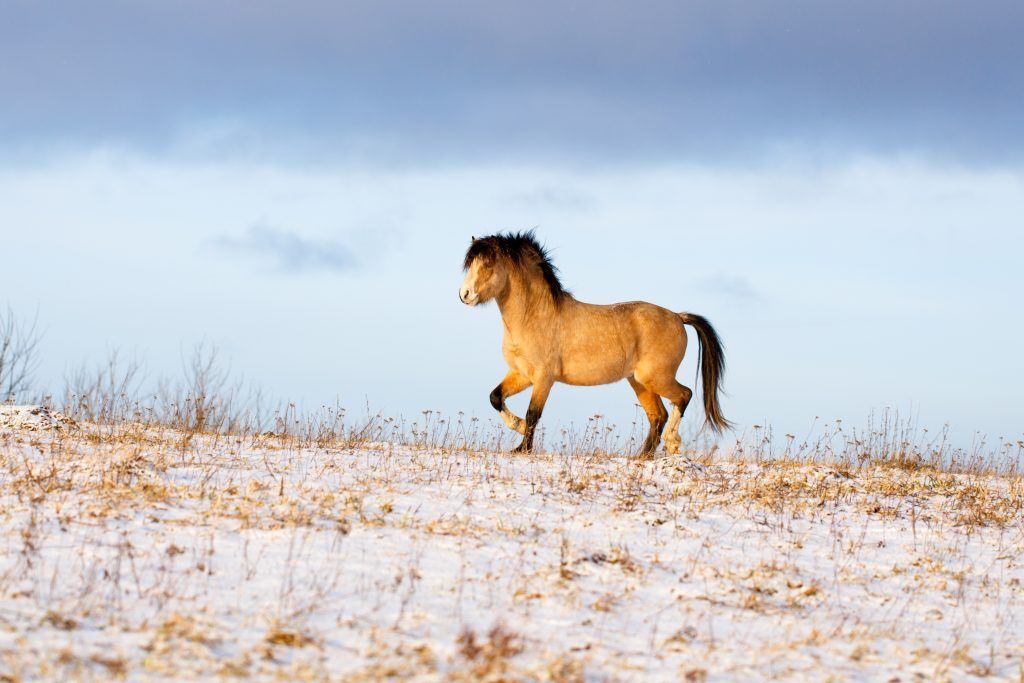
Welsh pony
Outwardly, these equids resemble smaller versions of classic horses. They have a harmonious physique, straight back, strong and slender legs, noble head stance.
There are 4 separate breeds in total, each of which belongs to the Welsh ponies. Here is the entire list: Mountain Pony (Type A), Horse (Type B), Pony Type Cob (Type C) and Welsh Cob (Type D). Moreover, their height varies from 120 to 152 centimeters or more. The growth of Welsh Cobs is often more than 1.5 m, so they are not always even accepted into real ponies.
Icelandic pony
Representatives of this variety may seem somewhat rude or even unsightly when compared with the same Welsh horses. The thing is that these creatures were used in the harsh conditions of Iceland, where more graceful and lighter pets simply would not have taken root. Strong and hardy horses were required there, which are the Icelandic ponies. According to the breeders, these equids are able to gallop almost all day, as in terms of endurance and strength they can be compared with the best draft horses.
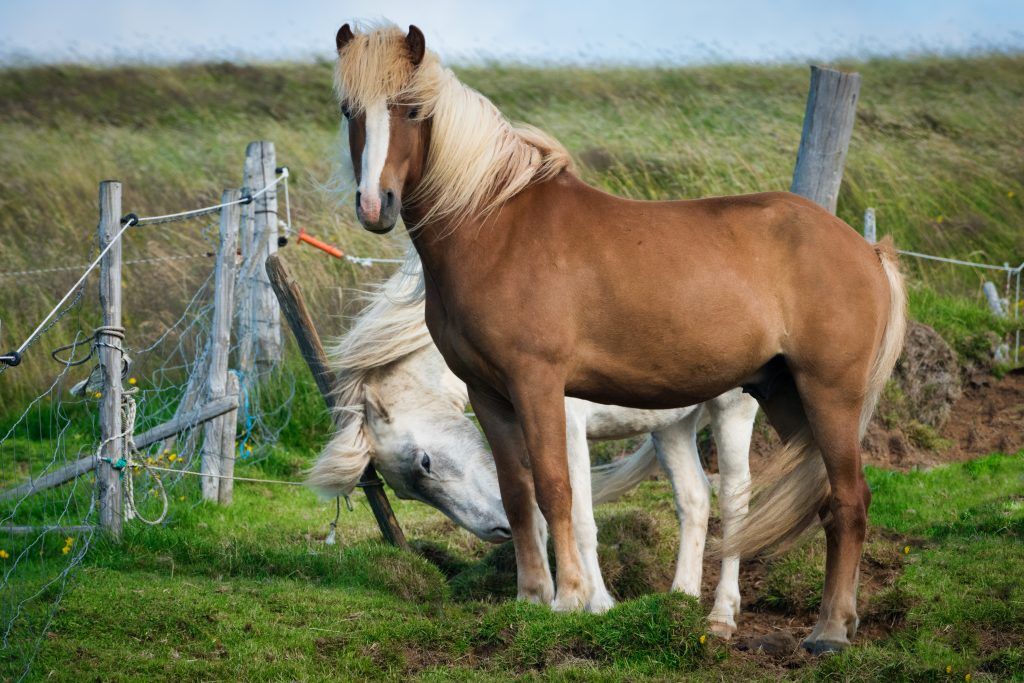
Icelandic pony
The appearance of the Icelandic pony is indeed somewhat rude. He has a large and powerful skull, a short and thick neck, a barrel-shaped torso and a wide chest. Almost any suit is allowed, here the standard does not impose any restrictions. The average height is on average 1 m 35 centimeters. Moreover, in Iceland, these equids are classified as full-fledged horses, not ponies. Icelandic horses have a calm and obedient character, a developed intellect and a calm and trusting attitude towards a person.
Polo pony
This variety is worth mentioning separately. It is a hybrid of an Arabian horse and a local Creole horse. The Creole variety (or Criollo, as it is called) appeared in South America in the same way that Mustangs appeared in North America. These are feral domestic horses that have adapted to local conditions. And it is their descendants that are polo ponies, which are grown specifically for playing polo. Although these horses are not ponies by blood, they just fit this name in size.
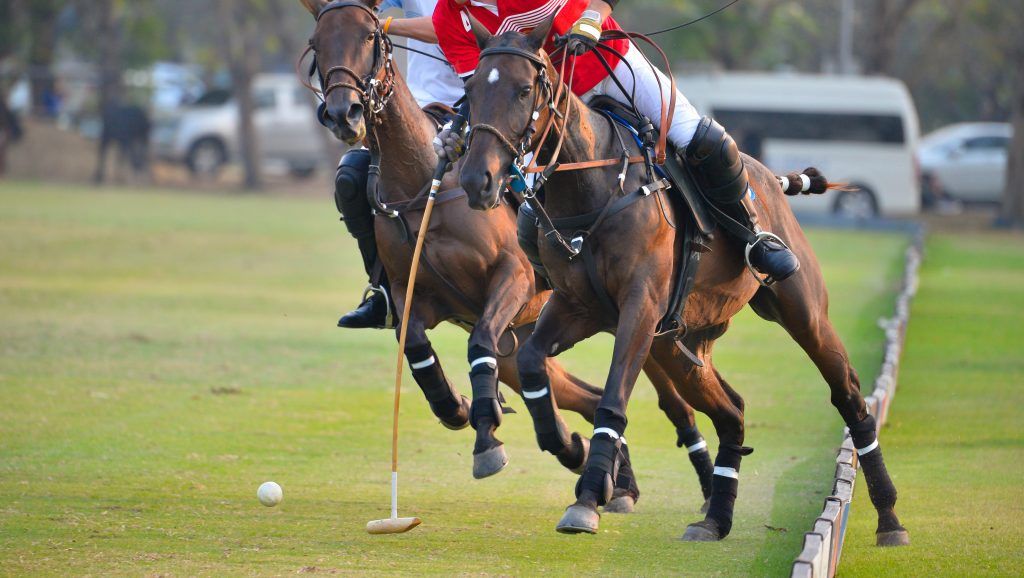
Polo pony
The maximum height of these equine-hoofed animals should not exceed 1 m 55 cm, so they fit into the requirements of the International Equestrian Federation.
This hybrid variety is grown mainly in Argentina and beyond its borders is very expensive. The price of one such horse can exceed $ 10 thousand. That is, although there are nurseries that breed these horses outside of South America. Here's what they write about these creatures:
“Polo ponies are not a pet that you can buy for fun. Of course, these horses are distinguished by their endurance, strength and intelligence. And they also obey the rider in everything, are incredibly beautiful and graceful. But they need constant physical activity, which not everyone can provide. To buy this horse for a child so that she would then stand in the stable for days is cruel to a pony. "
Conclusion
There are many pony breeds, each with its own specifics and purpose. But almost all varieties are interesting in appearance, intelligence and endurance.
Any pony is able to bring a lot of joy to its owners, you just need proper care and attention. It is also recommended to find out everything about the pony breed that you plan to purchase before purchasing.


